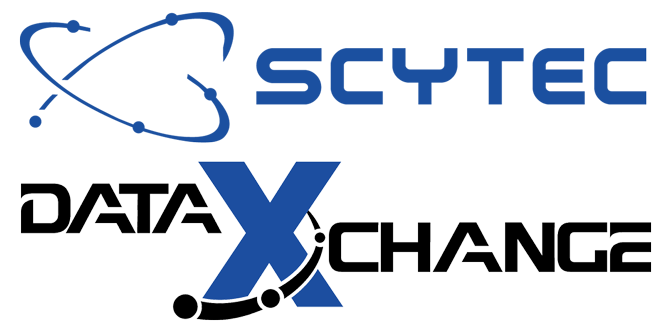OEE Software for Data Collection
There’s an old axiom that before you can improve something you need to measure it. In manufacturing there are many metrics that can be tracked. One of the most popular metrics is Overall Equipment Effectiveness, (OEE). Accurate and timely OEE information aids decision-making when managers are faced with rapidly changing circumstances on the factory floor, but only when the factory uses advanced OEE machine software.
DATA QUALITY IS KEY
One of the items OEE identifies is where productive time is being lost. Once that’s known Pareto analysis highlights the biggest issues and managers can apply improvement efforts where they will have the greatest impact. Without that information they’re just making guesses based on observations that may be wildly inaccurate.
There is however a weakness in this: OEE reports are only as good as the data gathered. To use another axiom, garbage in, garbage out. Specific problems include incomplete and missing data, a lack of information on how machines are being operated, and delays in gathering the numbers. If OEE is going to help, manufacturers need effective OEE data collection tools.
AUTOMATING CNC MACHINE DATA CAPTURE
There was a time when men armed with clipboards and stopwatches roamed the factory floor and tried to measure utilization manually. OEE monitoring software, like our DataXchange product, simplifies the process of gathering data from machines spread throughout a factory. Each machine is linked, by wired or wireless connection, to a central data collection computer. Insofar as is possible, the machines send data automatically, reporting on whether they are in-cycle, idle, undergoing changeover/setup, awaiting repair and so on.
A lot of newer production equipment has this manufacturing data collection functionality built in. The MTConnect standard for example, was released in 2008 and is incorporated into, or can be added onto machines from many different builders. Likewise, there’s the OPC UA standard, and some manufacturers have developed their own protocols. FANUC’s FOCAS is one such. But many manufacturers aren’t in the fortunate position of having newer equipment, so how should they automate OEE data collection?
What these businesses need is OEE machine software that integrates seamlessly with both legacy and newer equipment. Such software should fully utilize the new and emerging interfaces for manufacturing machine monitoring while also providing ways of gathering data from the older, and even manual, machines.
DATA FROM LEGACY MACHINES
RS232 has been incorporated into manufacturing and test equipment for decades: all OEE machine software should have the ability to extract data over this interface. But what of older equipment and machines that don’t have it, like those custom-built for unique tasks or applications?
These need a robust and reliable hardware module that can utilize sensors to accept both voltage and current inputs. These simple signals, available from PLC’s, CNC controls and even relays and proximity sensors, can provide valuable information regarding equipment status. Any OEE monitoring software that’s going to earn its keep will include this type of interface capability.
MANUAL SHOP FLOOR DATA ENTRY
Tablet computers provide a modern, and increasingly popular, means of shop floor data entry. While not automated – they rely on manual entry by an operator or supervisor – they do enable capture of a wide range of data. In addition, tablets can provide immediate feedback that information has been submitted and received as well as displaying the current status of the equipment.
A older but also popular manual data entry method is barcode scanning. With a sheet of codes at the machine or workplace it only takes a scan to submit data to the manufacturing data collection system about what is going on at that moment.
EXTRACTING VALUE FROM DATA
Some manufacturing data collection systems show what happened after the event. That might be useful for understanding why an order was late or costs too high, but it doesn’t help managers act while there’s time to make a difference. That can only be done with real-time OEE monitoring software.
What’s needed is a dashboard that presents data as it happens. A machine goes down: the impact on OEE should be instantly visible. A machine setup or a line swapped over in less time than expected? That too should be visible. DataXchange OEE machine software provides this kind of instantaneous updating, along with the ability to format and customize data as needed. Bar charts, downtime Paretos, part counts and equipment status are just some of the indicators and measures available. These can be laid out on the screen as needed. It’s even possible to create personal dashboards that let individual users see the numbers of greatest value to them.
DRIVE SHOP-FLOOR IMPROVEMENT WITH TIMELY PERFORMANCE MEASUREMENT
Things move quickly on the factory floor, challenging managers and supervisors who want to maximize output and utilization. OEE performance measures can help inform and guide their decision-making, but only if the data is timely and accurate.
Equipped with technologies like MTConnect, many modern machines interface easily with OEE machine software. The reality is though, most factories are a mix of newer and legacy equipment. An OEE data collection product that works with just the new reveals only part of the picture. When researching a product for your factory be sure to choose one that delivers real-time data from all your equipment.


